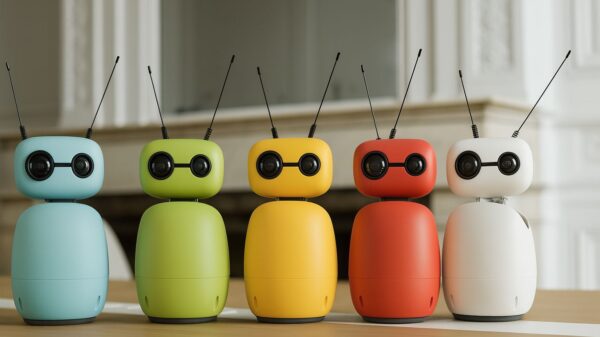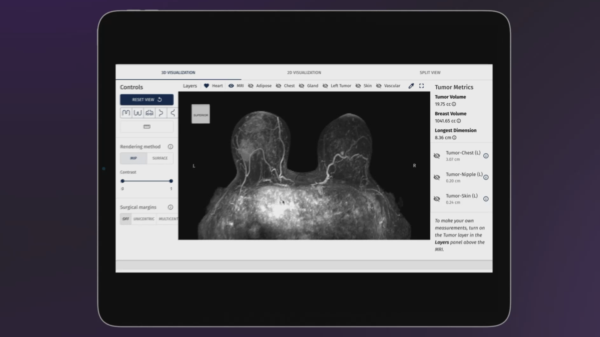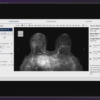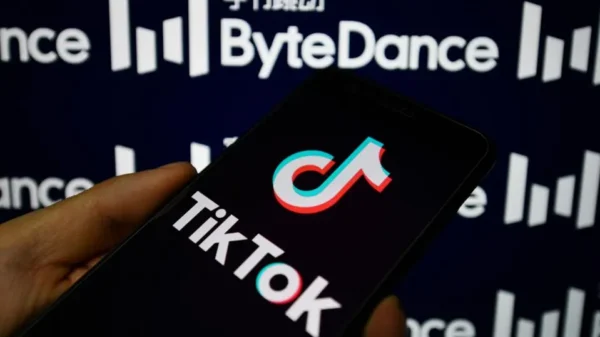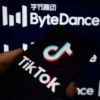Metaverse ecommerce shoppers will have a more engaged experience after seeing their text prompts become 3D images using Nextech3D.AI (OTCQX: NEXCF) (CSE: NTAR) latest AI-based technology.
Launched on Thursday, the Text-to-3D material pipeline is a system that allows users to create 3D materials from text prompts using an AI generator. The process involves inputting a text prompt, generating multiple image variations of the prompt, layering the images with texture maps, and creating seamless materials that can be applied to a 3D object.
This enables users to quickly test and compare different variations of the material until they find the perfect one.
In addition, users can further customize the texture by adding descriptive words to the original text prompt. This feature provides a high degree of customization, allowing users to create unique textures that meet their specific needs. By offering both efficiency and flexibility, the Text-to-3D material pipeline empowers users to easily and quickly create high-quality 3D materials that are tailored to their preferences.

This is the result after the first text prompt: Red Leather Fabric. Image from Nextech3D.ai.
Read more: Hapbee Technologies partners with Reputable Health to develop AI-based sleep routines
Read more: Nextech3D.AI files new patent for complex 3D models for ecommerce and metaverse
Generated material is based on physically based rendering technology
The image to 3D material pipeline is a system that enables users to create a new high-quality 3D material from a cropped patch of a reference product photo. The material is generated based on PBR (physically-based rendering) technology, which simulates how real-world materials behave under different lighting conditions. This feature ensures that the 3D material created is both high-quality and realistic, making it an excellent tool for designers and creators seeking to produce authentic-looking 3D objects.

This is the result from the second text prompt: Red Crocodile Leather Fabric. Image from nextech3D.ai
The Image to 3D Material Pipeline is a powerful tool for creating exact replicas of real-world objects from images. This process begins by inputting a low-resolution cropped patch of the object, which is then used by the generative AI process to create a new high-quality 3D material in 4k resolution. The AI uses an educated guess to determine the finish of the material based on the input patch.
However, users can further customize the texture of the material by providing descriptive words to the AI generator. This feature provides a high degree of customization and enables users to create unique and tailored textures for their 3D models. Overall, the Image to 3D Material Pipeline offers a flexible and efficient way to create high-quality 3D materials that accurately represent real-world objects.
The global e-commerce market size was valued at USD $9.09 trillion in 2019 and is expected to grow at a compound annual growth rate (CAGR) of 14.7% from 2020 to 2027, according to Grandview Research.
Follow Joseph Morton on Twitter
joseph@mugglehead.com







